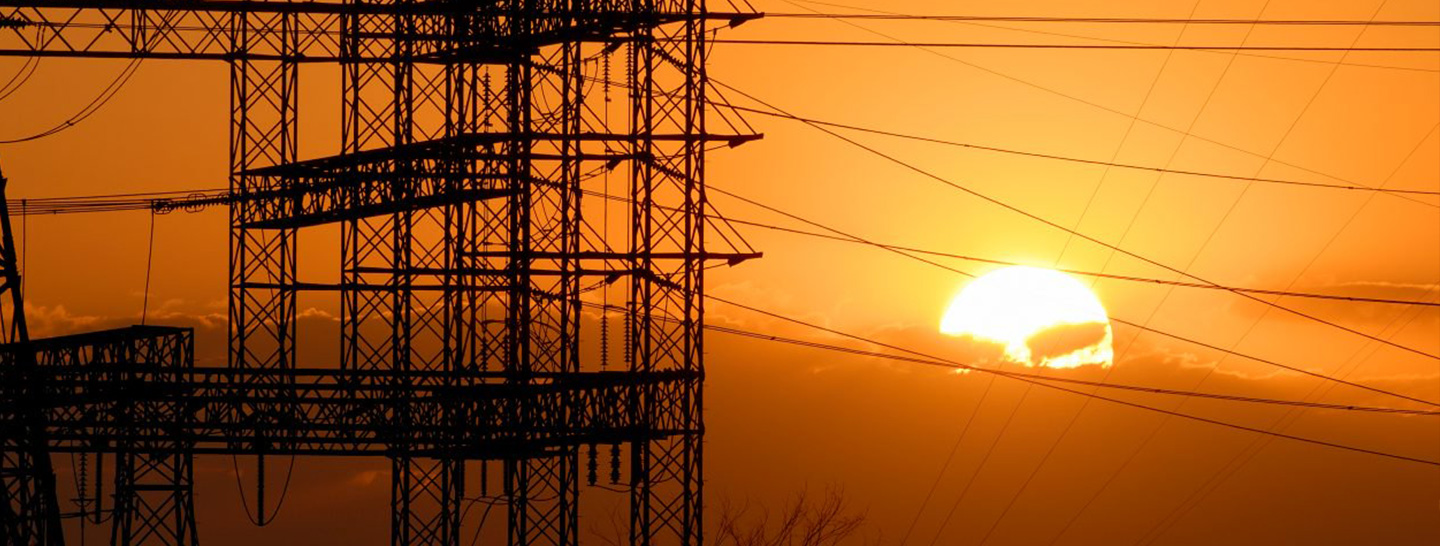Nearly 1 million California residents could see their power shut off this week as a result of the ongoing fallout from the state’s record-breaking wildfires in recent years.
Amid heightened wildfire risk in the region, the electric utility Pacific Gas & Electric (PG&E) announced on Tuesday that it would cut off power supply to about 800,000 customers across central and northern California as a proactive measure. Shortly afterward, Southern California Edison (SCE) warned that it may need to shut off power to more than 173,000 customers in the area surrounding Los Angeles.
The decision comes amid ongoing debate regarding liabilities for wildfires in 2017 and 2018, the latter of which was caused when strong winds forced PG&E transmission lines to come within close contact, resulting in electric current igniting the dry vegetation nearby. To help prevent a similar outcome, PG&E has been actively removing vegetation from the area around its electric lines, but has deemed the planned outages necessary with strong winds and low humidity levels increasing the risk this week.
The outage, however, may last longer than the strong winds themselves. Speaking to the New York Times, a PG&E executive pointed out that the utility’s technicians "will need to inspect 'every inch' of line before restoring power," which could potentially take five days to complete. A separate Bloomberg report cited estimates that, if PG&E's outage lasts for just two days, the economic impact could reach $2.6 billion.
While this week’s planned outage is the largest to date, it is not PG&E’s first proactive shutoff amid heightened wildfire risk. Given the conditions that led to it, many do not expect it to be the last.
Speaking to Bloomberg, Michael Wara, Director of the Climate and Energy Policy Program at Stanford University, said, "We have a grid that was built to manage a set of circumstances that don’t exist anymore."
"We are having to adapt to new circumstances brought about by climate change," he added.
As Californians prepare to withstand the outage, businesses everywhere are thinking about these implications. California’s wildfires are just one example of the kind of external threat that could disrupt the electric grid infrastructure in a way that affects large energy consumers directly. As these kinds of events become more common and more intense, businesses will need to think strategically about how valuable resilience is to them—and how they can address it in a cost-efficient way.
In Environment + Energy Leader’s new eBook, C&I Solar Plus Storage Challenges and Opportunities, Jason Burwen, Vice President of Policy for the Energy Storage Association, lays out the key questions that businesses need to ask when evaluating resilience, including:
- Do you have critical loads that can’t be interrupted without significant damages to your business?
- How much would you have to pay for electricity interruption?
- Do you have materials or equipment that requires constant power?
Whether the facilities leverage solar-plus-storage, more traditional backup generators, or microgrid systems combining several distributed energy assets, these are key considerations. Equally important are the costs to implementing these projects. Facing the all-too-common struggles to secure meaningful capital for energy-related projects, many businesses are leveraging incentive programs, energy market revenues, and long-term return on investment to establish power purchase agreements and other creative financing mechanisms that remove the cost and risk of these investments.
As California has shown this week, these challenges are immense, and they are real. However, the solutions are real too, and they are becoming more important every day.
Additional Resources:
- Whitepaper: How California's Changing Time-of-Use Rates Affect Solar and Storage Economics
- Financing Backup Generator Upgrades with Demand Response Earnings
- Video: Inside a Behind-the-Meter Energy Storage Project
- Project Spotlight: Costa Rica Manufacturer Withstands Grid Outages with Solar-Plus-Storage
- Video: Water Treatment Facility Upgrades Backup Generator to Improve Resilience








